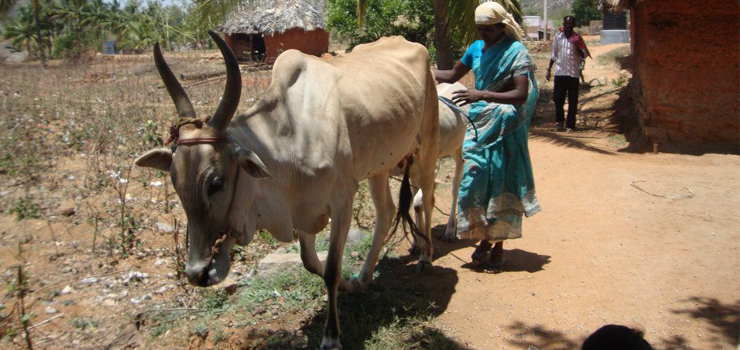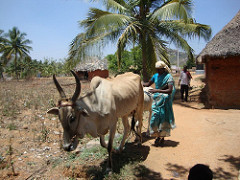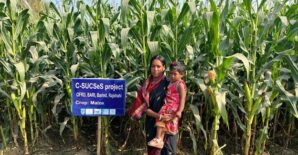Konark Sikka is an intern with IFPRI-South Asia office
Gender disparities within farming communities still exist when it comes to household assets. A growing number of studies show that to ensure food security and nutritional security in a household, equal distribution of assets is necessary. Resolving this disparity would not only improve the lives of women farmers, but also in turn lead to more development and growth.
Based on a recent study on rice farmers in Uttar Pradesh, an IFPRI paper on Understanding Men’s and Women’s Access to and Control of Assets and the Implications for Agricultural Development Projects looks into the interplay of access to assets among men and women, and offers strategies to increase women’s control and access over key agricultural assets.
Owing to traditional social norms ingrained in society, men are the title holders for the land and the primary recipients in the case of inheritance. This means that the government provides benefits to the male, freezing out women from valuable opportunities to train themselves and receive farm inputs.
Ownership of dairy animals is also unequal, with animals reported as either owned by the husband or—in rare cases mostly in lower caste communities—jointly owned. Meanwhile, when it comes to ownership of machinery or post-harvest equipment, the study showed women were not owners and hence benefited almost nil from agricultural innovations.
An analysis of the adoption of technology also showed a difference between higher caste women and lower caste women: women from lower castes make up most of the labor for production and post-harvest work, but their membership in farmer organizations, and access to training and credit sources is minimal.
The authors conclude that, despite some promising signs such as an increase in joint ownership of farmland and dairy stock, there are still a lot of disparities between the access to assets for men and women. They identify a number of actions that could improve situation, including:
1. instituting effective extension and education systems to enable women to get trained so that they can increase their sources of income;
2. reaching out to women with guidance and training through NGOs and self-help groups, in collaboration with government organizations, to help improve their access to assets; and
3. involving more women farmers in participatory field experiments to increase their access to improved seeds and knowledge on how to better manage their crops and natural resources.




